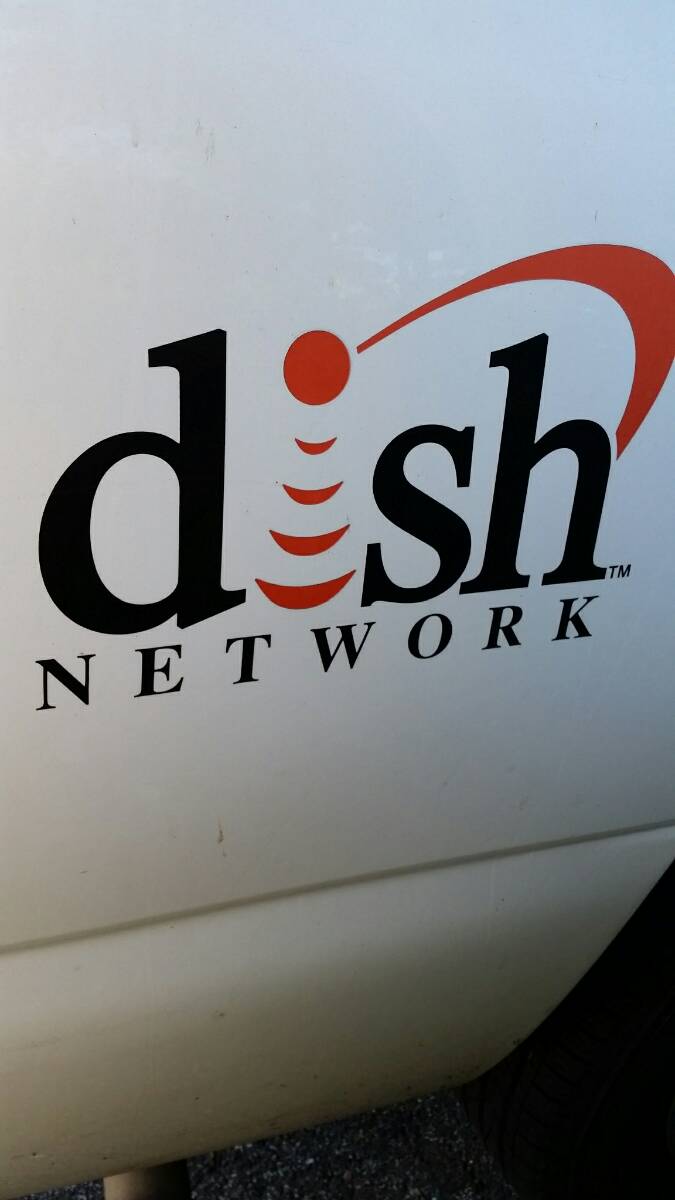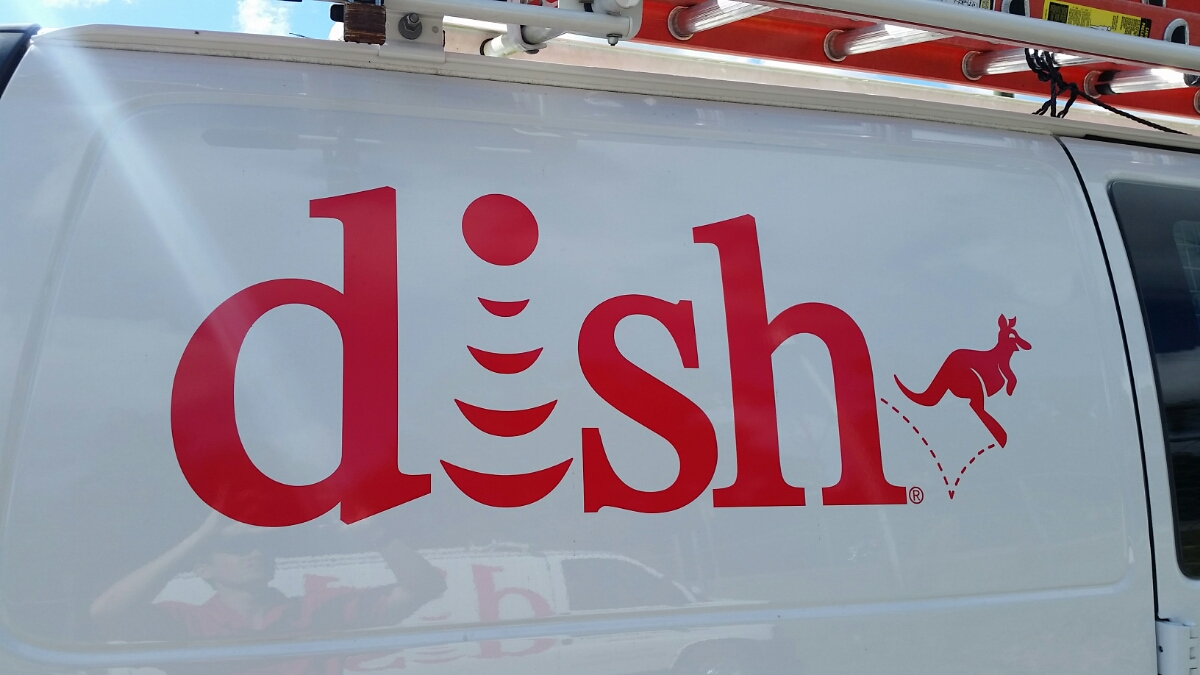Information
-
Work Order #
-
Video TC or Dishnet TC
-
Customer Name
-
Date
-
Your Name
-
Customer Address
-
Previous Tech
Step 1 Pre-Arrival
-
This form is designed to be filled out and submitted while on site. Filling these out off site is not an acceptable practice and may result in disciplinary action.
1.) Preparation
-
Make sure your SBSM is charged.
-
Review the account notes.
-
Contact the customer to status, verify address, secure pets, turn TVs on and move away from walls, and ensure adult is present.
Step 2 Meet and Greet the Customer
Customer Confirmation
-
Bring in with you a surge for each receiver, CSAT flyer, SHS checklist and Tote
-
Bring the SBSM with you as you greet the customer. "I understand you are having an issue with _________". "Can you show me where you are having the issue?"
-
What did the customer call in to Dish for (what is the customer complaining of)?
-
Ask probing questions such as: -Is the problem on all TVs or just one TV? -Is the issue constant or intermittent? -Have you recently moved any of the equipment.
Step 3 Initial Troubleshooting With Customer
Initial Troubleshooting with Customer
-
Attempt to recreate the problem ( if possible).
AT ALL TVs CHECK THE FOLLOWING: Make sure to look and identify any SHS opportunities and check them off on the list as you are checking all the TVs.
-
Verify all devices are plugged in and turned on.
-
Verify all cables are plugged in properly.
-
Verify the TV is on the correct input.
-
If there is a smart card, ensure it is firmly pushed in place.
-
IF THE RECEIVER IS OPERATIONAL THEN....
-
Ensure the remote is operational and programmed correctly.
-
Ensure the remote is communicating with the receiver.
-
Check the system info screen for errors.
Step 4 Set up Limit Scan
Set up Limit Scan
-
Unplug the receiver from the outlet.
-
If the receiver is not plugged into a surge make sure to follow the surge process and install one of ours so you can explain the benefits of the surge protector (if customer does not want the surge remove it from the system)
-
Test the outlet with your outlet tester
-
Power on the SBSM and select the correct settings.
-
Unhook the satellite feed from the receiver and attach it to your SBSM.
Step 5 Limit Scan Behind The Receiver With Customer
Limit Scan Behind the Receiver with Customer.
-
Run a limit scan on all orbitals
-
Did your signal receive a PASS or LOW/FAIL?
-
A PASS means the issue is located between the STB and the TV.
-Inform the customer "The signal strength is good and the issue seems to be isolated in this area. I will do further testing and will let you know once the issue is resolved."
-GO TO STEP 6b -
Inform the customer "There seems to be an issue with the signal path. I will do further test and let you know once the issue is resolved."
Move to step 6 -
Limit Scan Photos
Step 6A Signal Troubleshooting
Signal Troubleshooting
-
Does the wall plate have a low frequency barrel in it?
-
Replace the barrel and retest the system.
-
Run a limit scan on receiver side of ground block.
-
Replace defective components between ground block and receiver (including cable).
-
Test signal on dish side of ground block.
-
Replace groundblock (or switch) and check signal at receiver.
-
Check signal at dish.
-
Replace any defective components between the dish and the ground block (including cable).
-
Verify the mount is secure and positioned properly.
-
Secure and peak the dish.
-
Replace the LNB.
-
Repeat limit scan behind the receiver.
-
Go back to beginning of 6a and repeat steps.
-
Plug in the receiver and run a check switch.
-
Continue to 6b of the DTJA.
-
Perform limit scan behind all other receivers. If no other receivers continue to step 7.
-
Begin at 6a for next receiver.
-
Continue to step 7.
Step 6B STB to TV Troubleshooting
STB to TV Troubleshooting
-
A. Run limit scan around each component (ex. diplexer, separator, or triplexer)
-
Reconnect the coax cable and go to the next step
(A separator/triplexer will only show odd or even transponders, which will display "fail" on the SBSM -
B. Test outlet, plug in receiver (to Surge Protector), and see if the TV picture is coming in clear and consistent.
-
D. Try using the same cable in a different port on the TV
-
Use the same cable in a different port
-
I. Perform a limit scan behind all other STBs. If no other STB exist, Continue to STEP 7:Final Quick Checks
-
Go to Step 7: Final Quick Checks
-
GO BACK TO STEP 6A
-
E. Try using a replacement cable.
-
Use a replacement cable then continue.
-
I. Perform a limit scan behind all other STBs. If no other STB exist, Continue to STEP 7:Final Quick Checks
-
Go to Step 7: Final Quick Checks
-
GO BACK TO STEP 6A
-
F. Without downgrading, try using a different kind of cable connection (ex. If HDMI try using component cable)
-
I. Perform a limit scan behind all other STBs. If no other STB exist, Continue to STEP 7:Final Quick Checks
-
Go to Step 7: Final Quick Checks
-
GO BACK TO STEP 6A
-
G. Reset the TV's factory settings, with customers approval
-
I. Perform a limit scan behind all other STBs. If no other STB exist, Continue to STEP 7:Final Quick Checks
-
Go to Step 7: Final Quick Checks
-
GO BACK TO STEP 6A
-
H. Plug another device in the same port on the TV, if possible
-
Replace the receiver
-
Possible TV issue, test another TV
Explain to the customer if it is the TV and also contact Damage Department and tell them what you found. -
I. Perform a limit scan behind all other STBs. If no other STB exist, Continue to STEP 7:Final Quick Checks
-
Go to Step 7: Final Quick Checks
-
GO BACK TO STEP 6A
-
C. Ensure TV picture contains no error message
-
Address error message and if needed, replace receiver
-
I. Perform a limit scan behind all other STBs. If no other STB exist, Continue to STEP 7:Final Quick Checks
-
Go to Step 7: Final Quick Checks
-
GO BACK TO STEP 6A
-
H. Plug another device in the same port on the TV, if possible
-
Possible TV issue, test another TV
Explain to the customer if it is the TV and also contact Damage Department and tell them what you found. -
Replace the receiver
-
I. Perform a limit scan behind all other STBs. If no other STB exist, Continue to STEP 7:Final Quick Checks
-
Go to Step 7: Final Quick Checks
-
GO BACK TO STEP 6A
Step 7 Final Quick Checks
Van Trip
-
Go to your van and get your Sound Bar and Sub. Before doing your final checks setup the sound bar so the customer can use it while you are doing your final checks.
Dish and mount
-
Clear LOS
-
Secure mount and lags
-
Enough lag screws
-
Level mast
-
Mast Grounded
-
Picture of existing foot plate, skew plate, and whole dish assembly (if any corrections are made add new pictures to action taken to bring it up to code section below)
Cabling and components
-
Cable is approved RG6 and in good condition
-
DNS approved hardware
-
All fittings secure and torqued
-
Drip loops installed properly
-
Picture of existing service loops and outside components (if any corrections are made add new pictures to action taken to bring it up to code section below)
Grounding
-
Approved ground block
-
Approved ground source
-
Grounding component installed properly
-
Picture of existing ground block and ground source (if any corrections are made add new pictures to action taken to bring it up to code section below)
IP and customer education
-
Make sure to cover with the customer any items you checked off on your SHS checklist while doing your initial troubleshooting
Also cover the CSAT flyer with the customer -
If Hopper system, verify IP is present and functioning -Make sure to send status
-
Review troubleshooting findings with customer
-
Ensure customer is confident with system/remote
-
Review and quiz customer on 5 troubleshooting steps
-
Clean all TV screens and offer the screen cleaner to the customer
-
Make sure to remove all SHS products from the customer's home that they did not want before leaving
Action taken to bring system up to code (if necessary)
-
Did you have to bring anything up to code?
-
Add updated photos here
What fixed the issue?
-
What did you do to resolve the issue?
-
Did you replace any components/equipment?
-
What components/equipment did you replaced?
-
How did you determine it was faulty?
-
Take a photo of the repaired issue
-
I certify that I completed this document while on site and confirm that this WO was completed to DNS standards.
-
Email completed DTJA to your ABM and FSM







